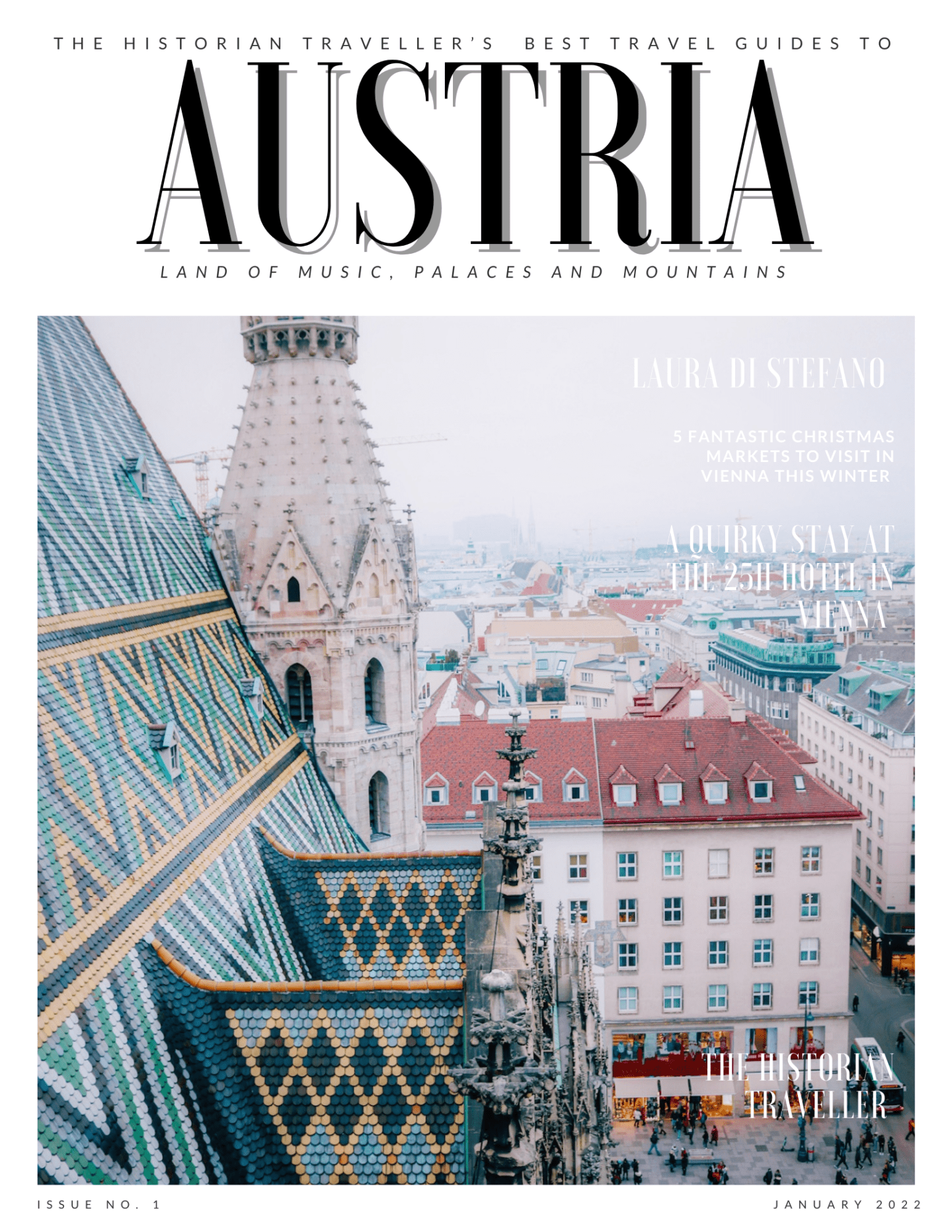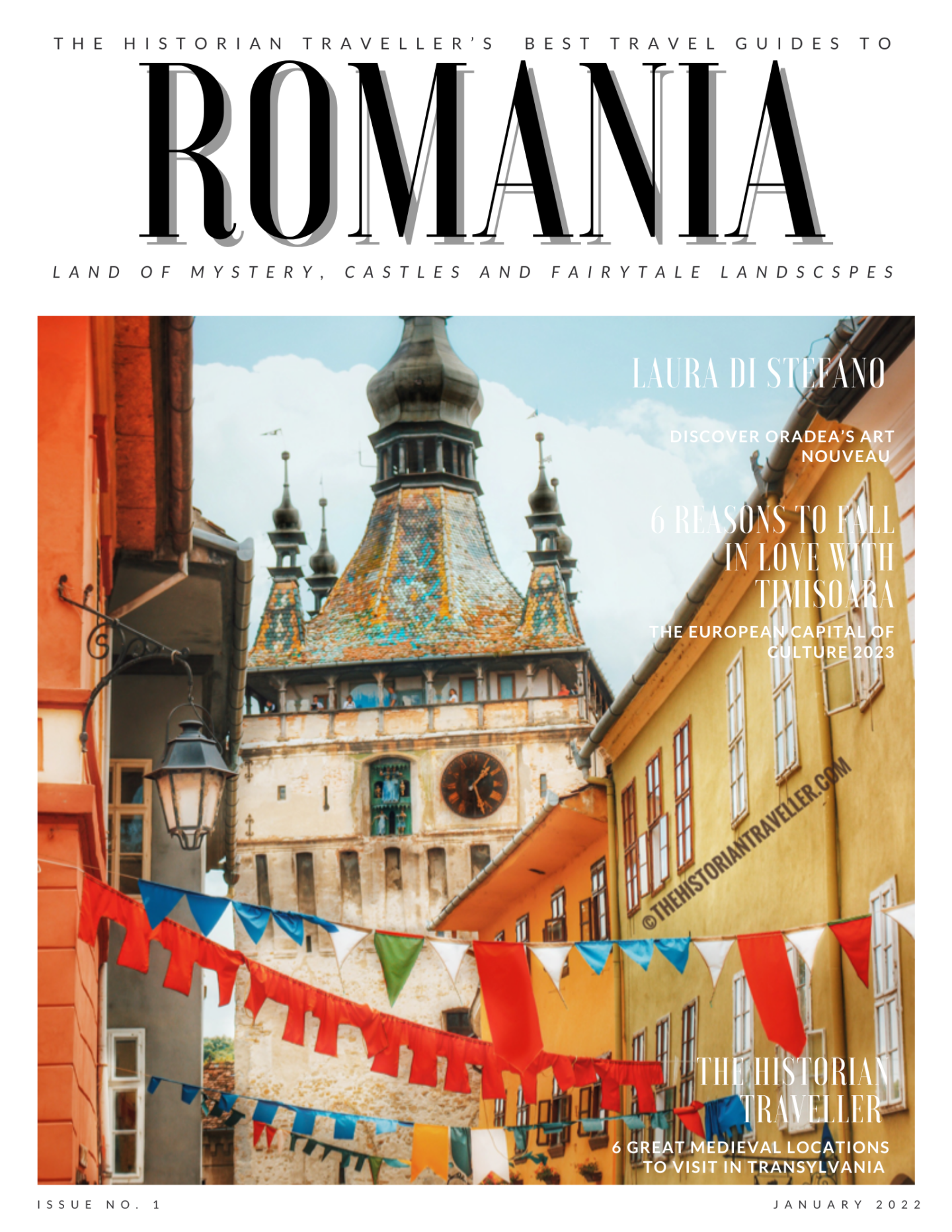“We hope to see a Europe where men of every country will think of being a European as of belonging to their native land, and…wherever they go in this wide domain…will truly feel, ‘Here I am at home.”
― Winston Churchill
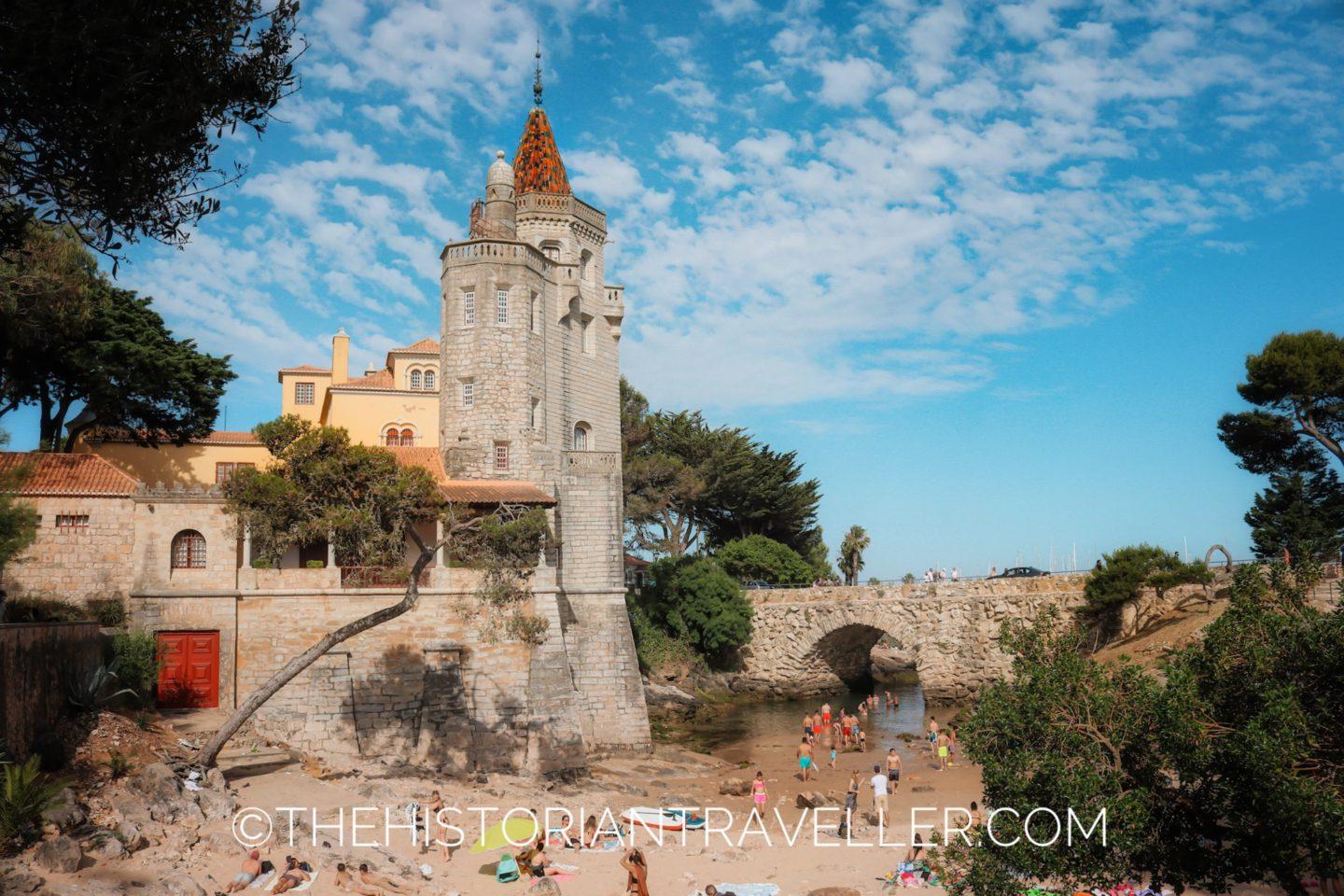
Exploring Europe
Is exploring Europe on your bucket list? Want to get lost in the castles of Scotland, eat tons of pasta in Italy or dive in the crystalline waters of Greece? Then you should book your trip now and check these Europe travel guides. Whether you live in another continent or comes from Europe and want to explore your back garden, it doesn’t matter. There will be always an amazing place to explore in in this beautiful ancient continent.
Steeped in history and magnificent landscapes, Europe is made of 44 different nations and four dependency territories. Each one proud of its own unique culture, traditions and landmarks. Indeed, Europe’s civilisation is at the root of human history and it’s ancient heritage is still visible at the heart of its oldest cities.
Visiting Europe can be the dream of a lifetime, so why don’t you start planning now? The guides below will bring you to the most different parts of the continent and will help you planning your dream holiday.
.
What to see in Europe



Europe is so full of precious landmarks and places to see that is difficult to determine what is right or not to visit. In fact, this depends on the single person interests, budget and time. However, if you are planning an European adventure for the first time, you certainly don’t want to miss a stop to Rome, London and Paris. An extended European tour may include also different capitals like Athens, Madrid, Lisbon, Prague, Berlin, Vienna and Budapest. Experienced travellers may decide also to detour single nations or backpacking across the continent. Remember that whatever trip you decide to do or whatever place you decide to visit first, last or in between; it’s worth your time.
As a European citizen, I feel proud of my heritage. Indeed, I have the privileged opportunity to have some of the most beautiful countries in the world at just a few hours flight. Whenever possible, I always try to visit a new place in Europe and keep treasure of the experience I learnt from a new culture.
One of the tips I feel to give you based on my personal experience is to not limit your trip to a “tour of the capitals”. I know that often the time is tight (and also the budget) but try to visit at least two different cities for each nation. This will give you a wider understanding of the local culture and possibly a more authentic experience.
When to visit Europe
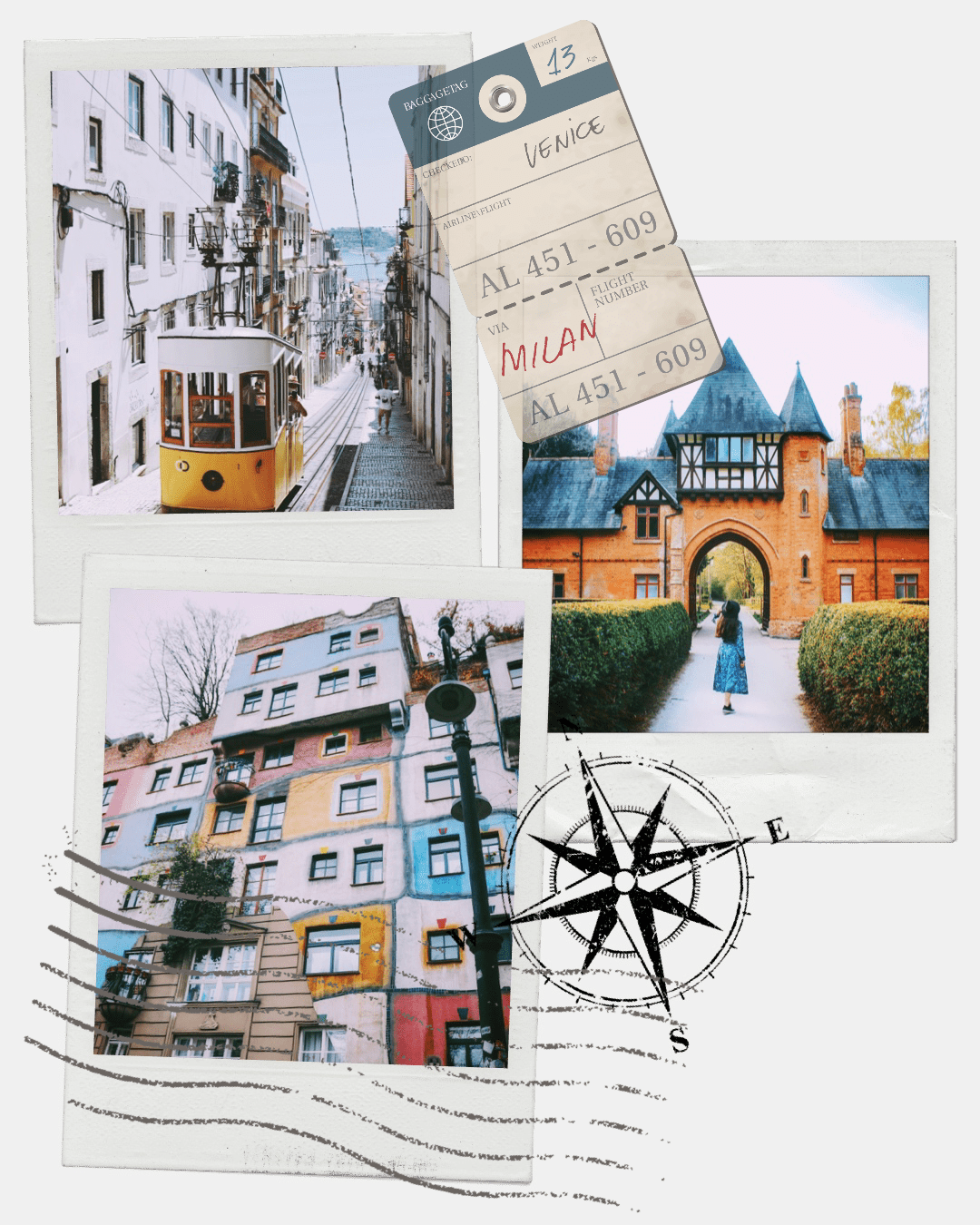
Europe is visitable all-year-around. In fact, being one of the most diverse continents in the world, you may find places, like Tenerife, enjoying warm temperature most of the year. There are also places in which chilling temperatures are predominant even during summer (e.g. Sweden or Finland).
Europe season by season
The months between March and May are considerate some of the best of the year to travel in Europe. In fact, nations like Spain, Italy, France and the Netherlands are in the middle of spring. During this season, you can see flowers around and enjoy pleasant temperatures that allows you great outdoor activities.
Summer hits between June and early September with its peak between July and August. Temperatures, particularly in Southern Europe, tend to soar up to 42 degrees. This is the best season to undertake a trip by the sea. Particularly, an island hopping trip in Greece or experiencing the culinary tradition and superb beaches of Sicily. If you want to have a city break during summer, the best month to go is definitely June. In fact, cities like Rome or Lisbon are very warm during summer. Going around under boiling temperatures can be very challenging.
Mid September to mid November many European nations are tinged with the warm colours of Autumn. Temperature starts to get chilled but is still pleasant to have a coffee outside. This is the perfect season to explore different northern nations. Particularly, autumn in England is spectacular. Also Germany where foliage has bright, vivid colours is perfect for postcard pictures.
From late November to December Europe enters into the festive season. There is nothing more joyful than visiting the European Christmas Markets. The top places to go during this season are surely Germany, Austria, Czech Republic. However, most European nations have their own Christmas Markets, so you will be rewarded with tasty treats and warm mulled wine.
Europe Christmas Markets Guides
If you are planning an European Christmas Market tour, I got you covered! During the last years, I explored many different countries and here you can find some guides about the best Christmas Markets to visit in Europe.






Getting Around Europe
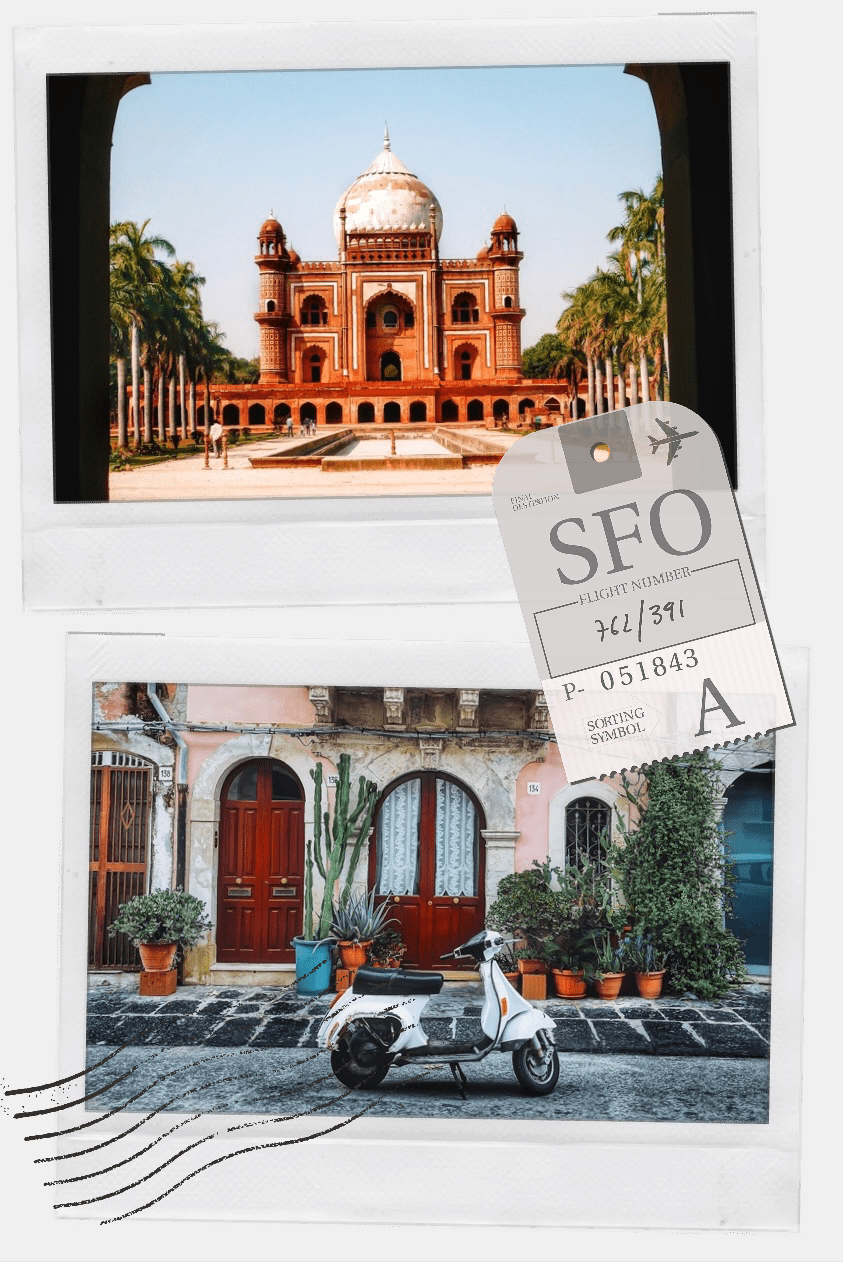
Getting around Europe is simple. Most countries are well-connected by modern motorways, trains and ferries. Is up to you choosing what way of travelling fits your needs best.
Travel by plane in Europe
Travelling by plane is usually the most time-saving option. Depending on which period and company you are travelling, flights may be cheap or expensive. Most European nations have their own national airline (e.g. British Airways for the UK, TAP for Portugal etc.). However, most nations (if not all) are served also by the Irish company Ryanair. This company usually flies in smaller hubs closer to the main cities (e.g. London Luton instead of Heathrow). For this reason, prices are usually lower than other companies.
Indeed, Ryanair flights can be as cheap as £5. Nevertheless, there is a trick. In fact, unless you are travelling only with your wallet, they will extra-charge you for everything you will bring aboard. Therefore, you will end up paying quite a lot of money anyway. Moreover, the space aboard is quite tight and the experience not always pleasant.
A mid-budget airline is Easyjet. It has less “hidden costs” than Ryanair but their policies about little handbags are unusually strict.
National airlines tend to be better in terms of quality and experience. However, they are usually more expensive. Although, this is compensated by the fact you may gain Avios point or have access to the airport lounges.
Flying in Europe tend to be more expensive during the Christmas period and also during summer. This because most Europeans travel more (also to visit their families) during these periods.
Travel by train in Europe
Train travelling in Europe can be an amazing adventure. Nothing can beat the breathtaking sceneries of Europe and the pleasure of slow travelling. Most nations have great and reliable train connections although fares tend to be pricey, particularly in Northern Europe.
If you want to travel by train in Europe, is better to buy your tickets at local train stations or online. Use always authorised sellers and remember that most of the times, trains are managed by national rail companies (e.g. Trenitalia for Italy or České dráhy for Czech Republic etc.). Consider also that some nations, like Italy, have a wide disparity in the quality and speed of trains according to the region. For example, trains in Northern Italy are better, faster and more reliable than those you will find in Southern Italy.
Moreover, nations like the UK are sometimes excessively expensive for train travelling. For example, a journey from Derby to London (that is about 1h and a half) may cost you up to £200 if not booked well in advance.
If your plans include train travelling all across Europe, it may be worthy to buy an Interrail pass.
Travel by car in Europe
Road tripping in Europe is so far the most famous way of seeing different places in comfort. This will give you the opportunity to stop exactly where you want and at your own time. However, there are some perks to be aware of. First, is tolls. Almost all European roads (particularly motorways) have tolls. Each country has its own rules and costs so it’s better to check in advance. For example, Portugal has tolls all across its main routes and it’s better to have an electronic device for your car. However, this won’t work in Spain. On a long route, tolls can be a considerable expense so you might want to plan in advance alternative route to save money.
Fuel tend to be quite pricey in Europe and, in certain countries, is more expensive than others (e.g. in Iceland). Motorways are generally well-maintained all across the continent but this is not granted for side roads. Moreover, if you are renting a car is always better to have an additional insurance in case of accident/theft.
Travel by coach in Europe
Travel by coach in Europe is the favourite backpackers’ way of exploring the continent. It’s generally cheap and coaches are often on time. I personally travelled by coach a few times. It’s not my favourite means of transport BUT it’s doable. One of the main companies providing cheap coach travels across Europe is Flixbus.
